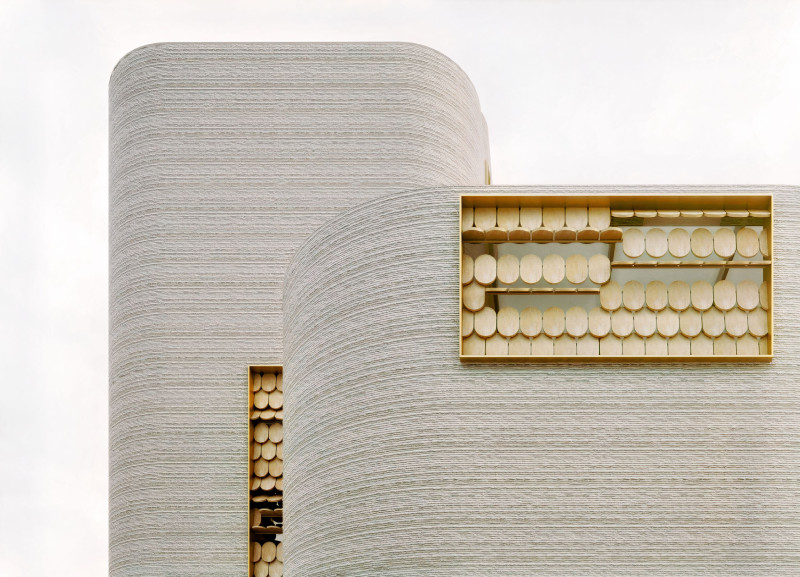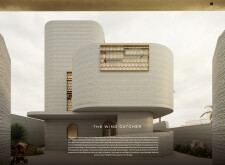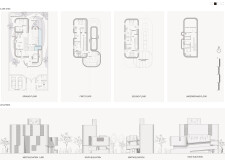5 key facts about this project
The Wind Catcher is designed to merge traditional elements with contemporary sustainability practices in Dubai. The project focuses on creating a communal living environment that minimizes energy consumption while enhancing occupant comfort. It serves as both a private residence and a community hub, embodying several innovative design strategies that contribute to its functionality and aesthetic appeal.
The architectural design incorporates passive energy principles, focusing on natural ventilation, solar shading, and thermal insulation. The project features modular construction methods, allowing for flexible spatial arrangements. The design includes communal and private spaces, promoting social interaction while accommodating individual needs.
Integration of Traditional and Modern Elements
A key aspect of The Wind Catcher is its structural form, which draws inspiration from traditional tent structures found in the Arabian Peninsula. This reference to local culture enhances the project's identity while maintaining a modern edge through the use of advanced materials and construction techniques.
The modular solar shading system is a distinguishing factor of the design, regulating solar gain and ensuring natural light penetration without compromising thermal comfort. The use of clay bricks and African Chandan wood not only contributes to the project's environmental goals but also adds visual richness and texture to the facade. The design’s emphasis on open-space living facilitates a sense of community. Communal areas, including a living room and kitchen, are positioned to encourage gatherings, while personal living quarters on upper floors provide privacy.
The inclusion of green roofing adds ecological value, offering thermal insulation and promoting biodiversity. Additionally, water features integrated into the landscape actively contribute to the microclimate, utilizing evaporative cooling methods that enhance the overall environmental performance of the building.
Sustainable Material Choices
The material selection for The Wind Catcher plays a critical role in its design integrity and sustainability objectives. The primary materials used include clay, raw fibers, eco-resin spray, glass, and timber. The use of locally sourced clay bricks not only reduces transportation emissions but also ensures appropriate thermal mass, while the raw fiber component enhances structural resilience. Eco-resin spray coats the exterior, providing longevity and moisture protection. The project adopts a comprehensive approach to sustainability by considering the lifecycle of materials and their impact on the environment.






















































